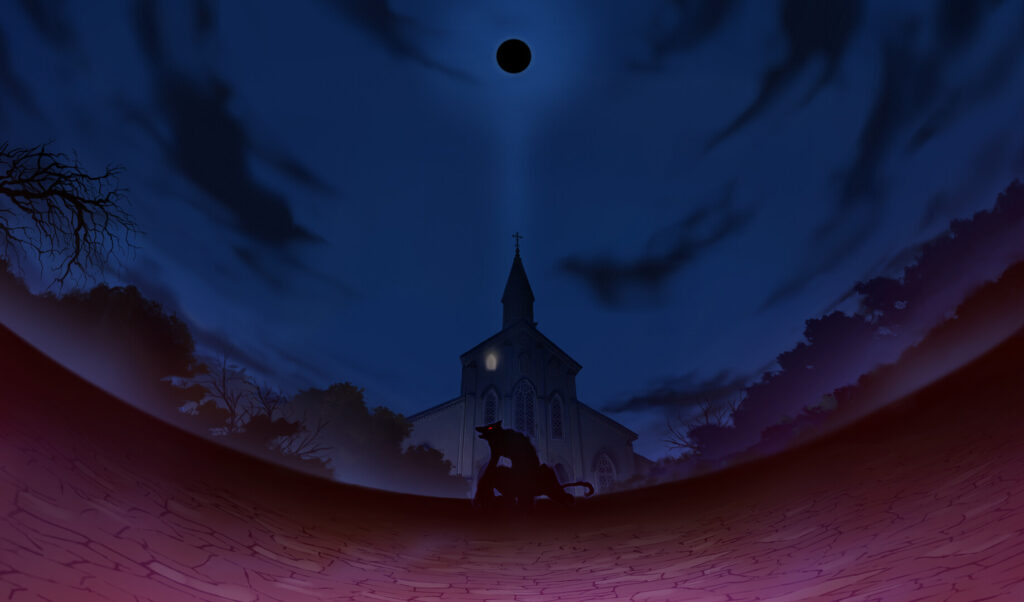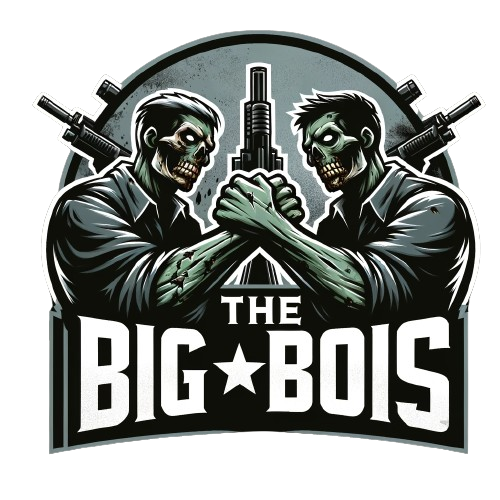When a series as monumental as Fate/stay night leaves its mark, any follow-up is destined to stand in its shadow. Yet Fate/hollow ataraxia has always been a strange anomaly: a direct sequel, a fandisk, a slice-of-life comedy, and a metaphysical tragedy rolled into one. For years, it remained an obscure gem, untranslated and unavailable to most fans outside Japan. Now, with Fate/hollow ataraxia REMASTERED, TYPE-MOON and fuzz Inc. have delivered a definitive version to Steam, complete with English and Simplified Chinese localization, HD visuals, and all the eccentric brilliance of the original intact.
This is not just a re-release—it’s a reintroduction of one of the most unusual, underappreciated, and emotionally powerful works in the Fate franchise.

A Story That Shouldn’t Exist—And Yet Does
Set six months after the end of the Fifth Holy Grail War, Fate/hollow ataraxia begins with contradictions. The Servants are back. The Masters are alive. And yet time loops endlessly over four repeating days. At the center of this paradox is Bazett Fraga McRemitz, a Seal Designation Enforcer from the Mage’s Association who was brutally cut down before the original Holy Grail War’s end. Revived by the enigmatic eighth-class Servant Avenger, she finds herself trapped in Fuyuki City’s cyclical nightmare.
Shirou Emiya, Rin Tohsaka, Saber, and the rest of the cast all return, each acting as if the war never claimed their lives. Slowly, pieces fall into place as Bazett and Avenger confront the truth of why this world exists, and what it will cost to break free.
It’s a story built on contradictions: comedy interlaced with sorrow, domestic peace colliding with supernatural horror, familiar characters rediscovered in a setting that is both comforting and disorienting. The looping structure may initially frustrate, but as the days layer upon each other, the revelations hit harder, transforming repetition into one of the game’s most effective storytelling devices.
More Than a Sequel: Slice-of-Life Meets Existential Dread
One of Fate/hollow ataraxia’s biggest surprises is its tone. Fans expecting nonstop Holy Grail War drama will instead find cooking competitions, festivals, and neighborhood squabbles. Lancer is trying (and failing) to live a normal life. Caster is attempting domestic bliss. Rider is showing a side of herself far removed from the stoic, silent figure of Fate/Stay Night.
These moments aren’t filler—they’re the heart of the experience. They humanize characters who were sidelined or underexplored in the original story, giving them warmth, depth, and humor. It’s here that the game feels like a Carnival Phantasm prototype, blending absurdist comedy with emotional slice-of-life vignettes.
Yet beneath the humor, the game always reminds you of the looming tragedy. Bazett and Avenger’s relationship, equal parts playful banter and aching sorrow, anchors the narrative with weight and inevitability. By the final act, the contrast between lighthearted scenes and crushing revelations pays off in spades.

Gameplay and Structure
Unlike Fate/Stay Night’s branching routes, Hollow ataraxia opts for a looping calendar system. Each day is divided into slots where players choose events across Fuyuki. Some are essential to advancing the main story, while others are optional side episodes or comedic sketches. The freedom allows players to explore character interactions at their own pace, but it also means tonal whiplash: a heartwarming festival can be followed by a chilling supernatural encounter.
Combat remains simple, but the REMASTERED version updates the UI and rebalances encounters. A new critical hit mechanic keeps battles engaging: land a critical hit, and your next action—whether an attack, a heal, or a scan—is boosted. Enemy telegraphs also make planning more strategic. While still not the main draw, the system is tighter and more rewarding than the RPG Maker original.
And then there are the minigames. Ranging from goofy card battles like Tiger & Shorts Hanafuda Travel Journal EX to Illya’s chaotic castle defense, they break up the narrative and add a playful meta-layer. Not every mini-game lands, but their inclusion speaks to the game’s experimental, fanservice-friendly DNA.
The Remaster: Visuals, Sound, and Translation
The REMASTERED edition’s biggest upgrades are visual clarity and accessibility. Full HD artwork brings the already strong illustrations into sharper focus, while the UI is smoother and less cluttered. Character sprites and backgrounds pop more vividly, making Fuyuki feel alive again.
The soundtrack is where opinions will divide. Alias Conrad Coldwood’s original experimental score was iconic, dissonant, and unsettling—a perfect match for the game’s uncanny atmosphere. The new score is more polished, but some players feel it leans too “musical,” losing the raw unease of the original. That said, the new tracks are still excellent in their own right, and the emotional beats still land.
Perhaps the most important addition is the official English localization. After years of fan translations, having a proper release means more people than ever can experience hollow ataraxia. The translation captures the quirky, sometimes awkward Nasu prose with surprising fidelity, though diehard fans may nitpick certain word choices.

Why It Matters
Fate/hollow ataraxia has always been an oddity—too comedic to be taken as a “serious” sequel, too tragic to be dismissed as a mere fandisk. But that’s also why it remains so beloved by those who played it. It dares to blend comedy, tragedy, and existential horror in ways few visual novels attempt. It dares to explore what happens after the “ending,” showing heroes and villains alike struggling with the weight of their choices, only to be thrown into another unwinnable game.
For longtime Fate fans, this remaster is more than nostalgia—it’s preservation. For newcomers, it’s a chance to experience one of the most important yet overlooked chapters of the Nasuverse in a form that finally feels complete.
Fate/hollow ataraxia REMASTERED: Fate/hollow ataraxia REMASTERED is not just a companion piece to Fate/stay night—it’s a masterclass in balancing tone, character, and mystery. Its slice-of-life warmth enhances the franchise’s mythos, while its looping tragedy digs deeper into the themes of fate, justice, and the burden of memory. Yes, the new soundtrack may lack some of the raw strangeness of the original. Yes, the structure can feel repetitive at times. But taken as a whole, this remaster delivers one of TYPE-MOON’s most poignant, playful, and powerful works to a wider audience than ever before. If you’ve completed all three routes of Fate/stay night, this is essential. If not—finish them first. Then return to Fuyuki, step into the loop, and relive four days of destiny that will linger with you long after they end. – Obsidian


